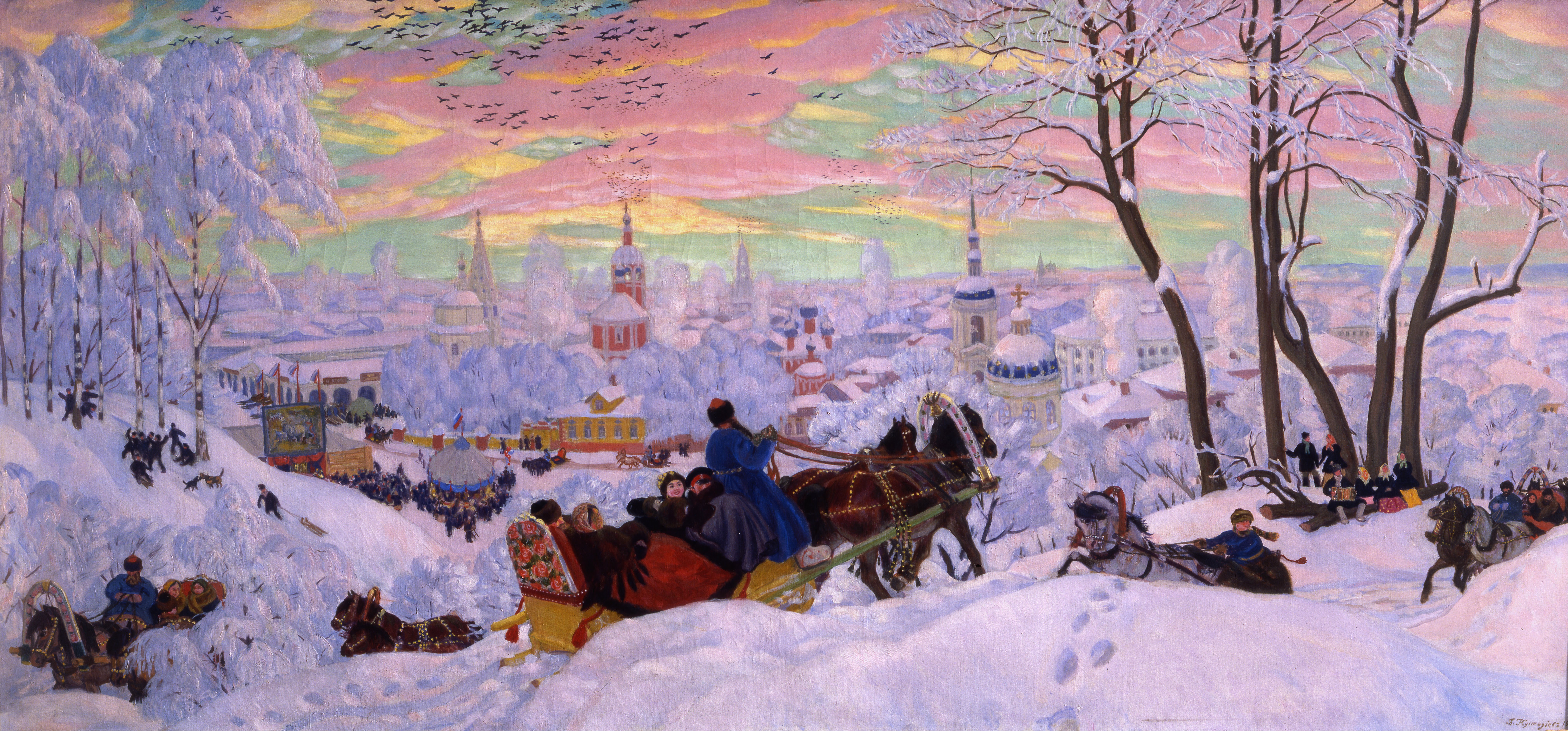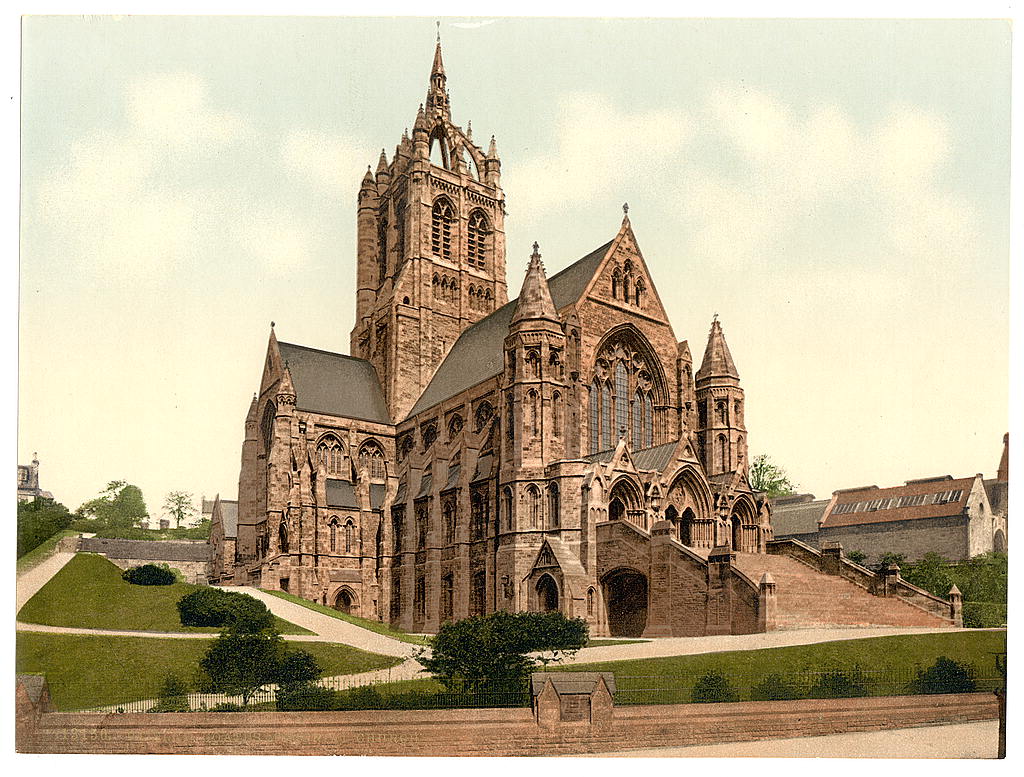|
Dudsday
Dudsday, also Duds' day, or Dud's day was a hiring fair, a holiday, held at Kilmarnock in East Ayrshire, Scotland. Originally held at Martinmas that falls on November 11 it was later also held at Whitsun. At this fair farm servants etc would be hired. The name comes from the custom of farm Labourers purchasing new clothes or 'Duds' having been paid their wages for the previous half-year.Dictionary of the Scots Language Accessed : 2015-01-18 History  The term 'Dudsday' will be used for consistency. Later the name was applied to the spring hiring fair at
The term 'Dudsday' will be used for consistency. Later the name was applied to the spring hiring fair at [...More Info...] [...Related Items...] OR: [Wikipedia] [Google] [Baidu] |
Kilmarnock
Kilmarnock (, sco, Kilmaurnock; gd, Cill Mheàrnaig (IPA: ʰʲɪʎˈveaːɾnəkʲ, " Marnock's church") is a large town and former burgh in East Ayrshire, Scotland and is the administrative centre of East Ayrshire Council. With a population of 46,770, Kilmarnock is the 14th most populated settlement in Scotland and the largest town in Ayrshire. The town is continuous to nearby neighbouring villages Crookedholm and Hurlford to the east, and Kilmaurs to the west of the town. It includes former villages subsumed by the expansion of the town such as Bonnyton and new purpose built suburbs such as New Farm Loch. The town and the surrounding Greater Kilmarnock area is home to 32 listed buildings and structures designated by Historic Environment Scotland. The River Irvine runs through the eastern section of Kilmarnock, and the Kilmarnock Water passes through it, giving rise to the name 'Bank Street'. The first collection of work by Scottish poet Robert Burns, '' Poem ... [...More Info...] [...Related Items...] OR: [Wikipedia] [Google] [Baidu] |
East Ayrshire
East Ayrshire ( sco, Aest Ayrshire; gd, Siorrachd Àir an Ear) is one of thirty-two council areas of Scotland. It shares borders with Dumfries and Galloway, East Renfrewshire, North Ayrshire, South Ayrshire and South Lanarkshire. The headquarters of the council are located on London Road, Kilmarnock. With South Ayrshire and the mainland areas of North Ayrshire, it formed the former county of Ayrshire. The wider geographical region of East Ayrshire has a population of 122,100 at the last 2011 census, making it the 16th most populous local authority in Scotland. Spanning a geographical area of , East Ayrshire is the 14th-largest local authority in Scotland in terms of geographical area. The majority of the population of East Ayrshire live within and surrounding the main town, Kilmarnock, having a population of over 46,000 people at the 2011 census. Other large population areas in East Ayrshire include Cumnock, the second-largest town in terms of population and area, and ... [...More Info...] [...Related Items...] OR: [Wikipedia] [Google] [Baidu] |
Scotland
Scotland (, ) is a country that is part of the United Kingdom. Covering the northern third of the island of Great Britain, mainland Scotland has a border with England to the southeast and is otherwise surrounded by the Atlantic Ocean to the north and west, the North Sea to the northeast and east, and the Irish Sea to the south. It also contains more than 790 islands, principally in the archipelagos of the Hebrides and the Northern Isles. Most of the population, including the capital Edinburgh, is concentrated in the Central Belt—the plain between the Scottish Highlands and the Southern Uplands—in the Scottish Lowlands. Scotland is divided into 32 administrative subdivisions or local authorities, known as council areas. Glasgow City is the largest council area in terms of population, with Highland being the largest in terms of area. Limited self-governing power, covering matters such as education, social services and roads and transportation, is devolved from the ... [...More Info...] [...Related Items...] OR: [Wikipedia] [Google] [Baidu] |
Whitsun
Whitsun (also Whitsunday or Whit Sunday) is the name used in Britain, and other countries among Anglicans and Methodists, for the Christian High Holy Day of Pentecost. It is the seventh Sunday after Easter, which commemorates the descent of the Holy Spirit upon Christ's disciples (as described in Acts 2). In England it took on some characteristics of Beltane, which originated from the pagan celebration of Summer's Day, the beginning of the summer half-year, in Europe. Whitsuntide, the week following Whitsunday, was one of three holiday weeks for the medieval villein; on most manors he was free from service on the lord's demesne this week, which marked a pause in the agricultural year. Whit Monday, the day after Whitsun, remained a holiday in Britain until 1971Banking and Financial Dealings Act, 1971, Schedule 1, para 1. when, with effect from 1972, it was replaced with the Spring Bank Holiday on the last Monday in May. Whit was the occasion for varied forms of celebration. In th ... [...More Info...] [...Related Items...] OR: [Wikipedia] [Google] [Baidu] |
Shrove Tuesday
Shrove Tuesday is the day before Ash Wednesday (the first day of Lent), observed in many Christian countries through participating in confession and absolution, the ritual burning of the previous year's Holy Week palms, finalizing one's Lenten sacrifice, as well as eating pancakes and other sweets. Shrove Tuesday is observed by many Christians, including Anglicans, Lutherans, Methodists and Roman Catholics, who "make a special point of self-examination, of considering what wrongs they need to repent, and what amendments of life or areas of spiritual growth they especially need to ask God's help in dealing with." This moveable feast is determined by Easter. The expression "Shrove Tuesday" comes from the word ''shrive'', meaning " absolve". As this is the last day of the Christian liturgical season historically known as Shrovetide, before the penitential season of Lent, related popular practices, such as indulging in food that one might give up as their Lenten sacrifice ... [...More Info...] [...Related Items...] OR: [Wikipedia] [Google] [Baidu] |
Pickpocketing
Pickpocketing is a form of larceny that involves the stealing of money or other valuables from the person or a victim's pocket without them noticing the theft at the time. It may involve considerable dexterity and a knack for misdirection. A thief who works in this manner is known as a pickpocket. As an occupation Pickpockets and other thieves, especially those working in teams, sometimes apply distraction, such as asking a question or bumping into the victim. These distractions sometimes require sleight of hand, speed, misdirection and other types of skills. Pickpockets may be found in any crowded place around the world. However, Barcelona and Rome were recently singled out as being particularly dangerous pickpocket havens. Thieves have been known to operate in high traffic areas such as mass transit stations, even boarding subway trains so they can use the distractions of crowds and sudden stop-and-go movements from the train to steal from others. As soon as the thieves have ... [...More Info...] [...Related Items...] OR: [Wikipedia] [Google] [Baidu] |
Gatehead, East Ayrshire
The village or hamlet of Gatehead is located in East Ayrshire, Parish of Kilmaurs, Scotland. It is one and a quarter miles from Crosshouse and one and a half miles from Kilmarnock. In the 18th and 19th centuries the locality was a busy coal mining district. The settlement runs down to the River Irvine where a ford and later a bridge was located. Introduction Gatehead, an old colliers' village,Groome, Francis H. (1903). ''Ordnance Gazetteer of Scotland''. Pub. Caxton. London. p. 643. lies at or near the junction of several roads, namely the main road to Kilmarnock, Dundonald & Troon , nearby are other roads that run to Symington or Kilmarnock via Old Rome and Earlston, another to Springside, North Ayrshire or Crosshouse via Craig and yet another to Crosshouse, branching off the main Kilmarnock road. The settlement no doubt developed to cater for travelers on these roads and from the railway which was used also by carts and pedestrians as a 'toll' road or tramway prior to 1846 ... [...More Info...] [...Related Items...] OR: [Wikipedia] [Google] [Baidu] |
Paisley, Renfrewshire
Paisley ( ; sco, Paisley, gd, Pàislig ) is a large town situated in the west central Lowlands of Scotland. Located north of the Gleniffer Braes, the town borders the city of Glasgow to the east, and straddles the banks of the White Cart Water, a tributary of the River Clyde. Paisley serves as the administrative centre for the Renfrewshire council area, and is the largest town in the historic county of the same name. It is often cited as "Scotland's largest town" and is the fifth largest settlement in the country, although it does not have city status. The town became prominent in the 12th century, with the establishment of Paisley Abbey, an important religious hub which formerly had control over other local churches. By the 19th century, Paisley was a centre of the weaving industry, giving its name to the Paisley shawl and the Paisley pattern. The town's associations with political radicalism were highlighted by its involvement in the Radical War of 1820, with s ... [...More Info...] [...Related Items...] OR: [Wikipedia] [Google] [Baidu] |
Middle English
Middle English (abbreviated to ME) is a form of the English language that was spoken after the Norman conquest of 1066, until the late 15th century. The English language underwent distinct variations and developments following the Old English period. Scholarly opinion varies, but the '' Oxford English Dictionary'' specifies the period when Middle English was spoken as being from 1150 to 1500. This stage of the development of the English language roughly followed the High to the Late Middle Ages. Middle English saw significant changes to its vocabulary, grammar, pronunciation, and orthography. Writing conventions during the Middle English period varied widely. Examples of writing from this period that have survived show extensive regional variation. The more standardized Old English language became fragmented, localized, and was, for the most part, being improvised. By the end of the period (about 1470) and aided by the invention of the printing press by Johannes Gutenberg in ... [...More Info...] [...Related Items...] OR: [Wikipedia] [Google] [Baidu] |
Riccarton, Ayrshire
Riccarton is a village and parish in East Ayrshire, Scotland. It lies across the River Irvine from Kilmarnock, this river forming the boundary between Riccarton and Kilmarnock parishes, and also between the historical districts of Kyle, Ayrshire, Kyle and Cunninghame, Cunningham.Adamson, Archibald R. (1875). Rambles Round Kilmarnock. Pub. Kilmarnock. Pps. 49 - 47. The name is a corruption of 'Richard's town', traditionally said to refer to Richard Wallace, the uncle of Sir William Wallace.Wilson, Professor & Chambers, Robert (1840) ''The Land of Burns''. Pub. Blackie & Son. London. P. 74. The parish also contains the village of Hurlford. History The village became a Burgh of Barony in 1638, but its civic powers were never exercised. Riccarton is also sometimes called Ellerslie. In 1875 Riccarton had a population of 1889,Adamson, Archibald R. (1875). Rambles Round Kilmarnock. Pub. T. Stevenson. Kilmarnock. P. 54. but by 1951 that had increased to between 7000 and 8000; many of w ... [...More Info...] [...Related Items...] OR: [Wikipedia] [Google] [Baidu] |





